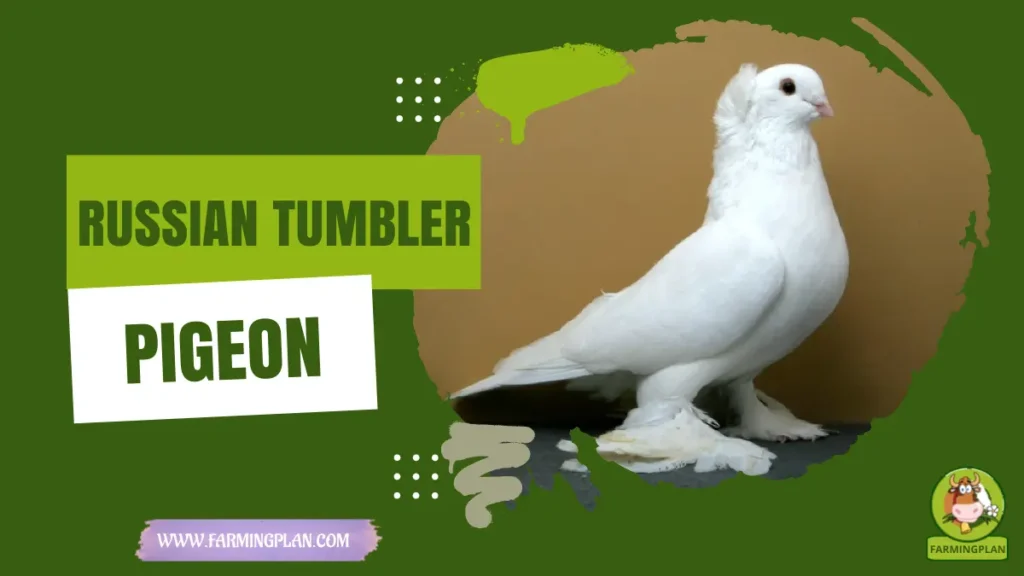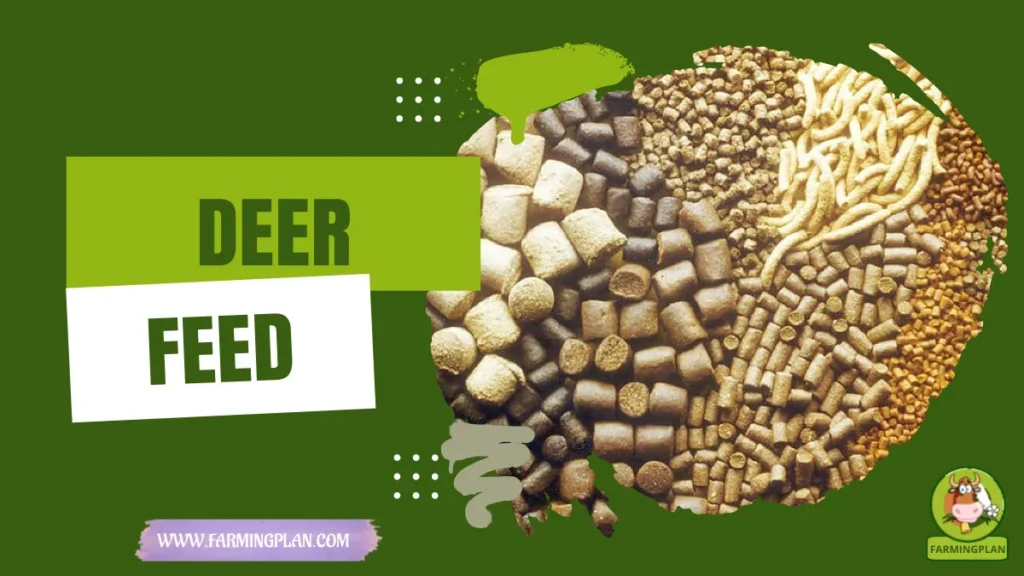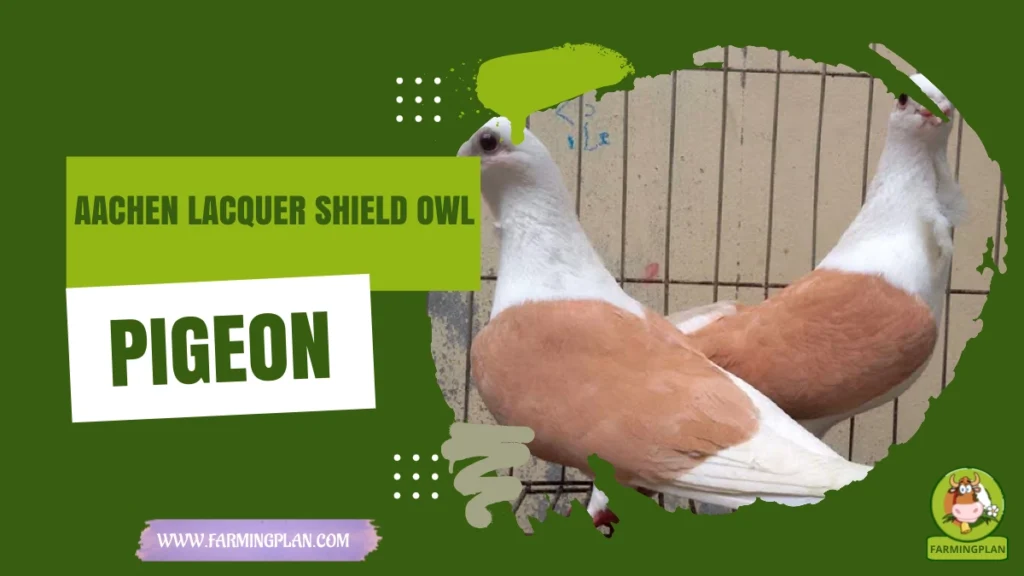When I first saw a Russian Tumbler in flight, I was hooked. These birds aren’t just beautiful—they’re aerial acrobats with deep Russian roots. From their graceful flips to their calm, friendly nature, they make perfect companions for pet owners and breeders alike. With their unique look and rich history, they bring charm and tradition to any loft. In this guide, I’ll walk you through everything I’ve learned from raising Russian Tumblers—covering their origins, personality, feeding, and daily care. Let’s explore what makes these pigeons truly special.

History & Origin of Russian Tumbler
The Russian Tumbler has a rich and storied history, tracing its roots back centuries to the reign of the Russian emperors. Many pigeon enthusiasts claim that even Emperor Nicolay II kept tumblers as part of his grand aviary. These birds became especially popular in southern Russia, where breeders developed their unique tumbling flight style. This historical significance adds a layer of depth and connection to the breed, making them more than just ornamental birds.
They weren’t just ornamental birds; they were symbols of elegance and loyalty. Russian aristocrats would often gift Tumblers to each other as a sign of goodwill. Their popularity spread across Europe, especially among those fascinated by Russian motifs and traditional Russian Cyrillic-engraved records. The breed carries an aura of classic Russian culture, often associated with nesting dolls, Kremlin towers, and elaborate costumes. Today, Russian Tumblers are recognized by pigeon fanciers globally and are especially adored by breeders who appreciate both form and function. Their long-standing heritage makes them a true gem among fancy pigeons.
Read More: The Truth About Russian Tumblers: Amazing or Overrated?
Characteristics of Russian Tumbler
Russian Tumbler pigeons have a distinct and elegant look that sets them apart. Their heads are medium-sized with a softly curved forehead, and they often carry a tiny crest. The eyes are expressive—usually pearl or orange in color—and sit prominently on their graceful little heads.
Their plumage varies but is always well-groomed and soft. You’ll see them in shades of white, black, silver, and even rust-red. The wings are strong and neatly tucked, allowing them to perform those signature flips mid-flight. Their posture is upright, and they carry themselves like royalty—which is fitting, given their aristocratic background! Russian Tumblers come in both plain and mottle patterns. Some even feature intricate markings that resemble old Russian embroidery or motifs. Whether you’re a fan of artistic feathering or symmetry, these birds won’t disappoint.
Read More: The Ultimate Guide to Tumbler Pigeon: Perfect for Beginners!
Nature & Temperament of Russian Tumbler
What I love most about Russian Tumblers is their personality. These birds are calm and collected, making them great for beginners. They don’t spook easily and adapt well to both solo and group living. Whether you’re raising a single bird or managing an entire coop, they fit right in.
They’re friendly and affectionate once they bond with you. I’ve had several that would perch on my shoulder or peck at my shoelaces playfully. When they take flight, their aerial flips bring smiles to everyone watching. It’s like watching a tiny gymnast in the sky. Their calm demeanor also makes them great around kids and other pets. You won’t find them picking fights or causing chaos. These pigeons are more about peace, poise, and the occasional dramatic tumble in mid-air.
Read More: Baja Tumbler Pigeon: The Ultimate Guide
Food & Diet
Feeding a Russian Tumbler isn’t complicated, but it does take a bit of balance. I give mine a mix of high-quality pigeon grain—usually wheat, corn, peas, and millet. About 70% grains and 30% legumes keeps them healthy and energetic.
Fresh greens like spinach, lettuce, and shredded carrots are fantastic weekly treats. I also include a pigeon-specific mineral mix and grit for digestion. Clean water is a must—always available and changed daily. Avoid feeding them processed bread, salty snacks, or anything sugary. These can cause digestive issues or make your pigeons sluggish. Stick to natural, non-toxic stainless steel bowls to keep feeding areas safe and clean.
Usage & Purpose
Russian Tumblers are mainly raised for ornamental and performance purposes. They’re a staple at pigeon shows, where judges admire their elegant build, calm demeanor, and of course, their acrobatic flight.
If you’re into competitive pigeon flying, these birds will steal the spotlight. Their mid-air flips—called tumbling—are a marvel. Some fanciers even train them for air shows. They’re not meat birds or utility pigeons, but they’re rich in heritage and visual appeal. Many owners simply keep them for joy and companionship. They’re also popular among breeders who admire old-world breeds and Russian designs. These birds truly bring history to life.
Special Features
The most talked-about feature of the Russian Tumbler is its unique tumbling flight. Not all pigeons do this—it’s a special inherited trait. When they’re in full motion, they somersault through the air like little feathery acrobats. This behavior is not only visually captivating but also a testament to their agility and grace in flight.
Another standout trait is their plumage pattern. Some resemble Russian tilting dolls in motion—bobbing and flipping through the sky. Their soft feathers and clean lines make them visually captivating. Plus, their ability to stay calm under pressure, combined with their loyalty to human caretakers, makes them special companions. They’re also hardy in both warm and cold climates, which is a plus if you live where the weather gets extreme.
Let Your Passion Soar As High As A Russian Tumbler In Flight.
Health Issues & Prevention
Like all pigeons, Russian Tumblers can face a few health hiccups if not cared for properly. Watch out for parasites like mites and lice, as well as common pigeon illnesses like canker and coccidiosis.
I keep a strict cleaning routine in my loft. Weekly sanitizing with safe disinfectants, fresh bedding, and proper ventilation go a long way. Quarantine any new birds before adding them to your flock. Make sure they’re vaccinated against common avian diseases. And if one starts acting sluggish or has droopy wings, call a vet immediately. A healthy diet and clean water also go a long way in keeping them fit.
Step-by-Step Pet Owner Care Guide – Raise Your Russian Tumbler Right
Caring for Russian Tumblers doesn’t have to be stressful. Let me walk you through the steps I follow to keep my birds healthy, happy, and ready to fly.
Step 1: Set Up A Safe, Cozy Loft: Your pigeon loft is their castle. I recommend a dry, well-ventilated space with no drafts. Make sure it’s predator-proof and roomy enough for flying and perching. Use stainless steel feeders and waterers—they’re non-toxic and easy to clean. Add straw or wood shavings for flooring and change it weekly.
Step 2: Build A Balanced Diet Plan: A mix of grains and legumes is key. I use wheat, corn, peas, millet, and barley. Sprinkle in grit and mineral powder for digestion. Add greens for vitamins. Keep the water clean and available 24/7.
Step 3: Train For Tumbles & Bonding: Start flight training when they’re young. Encourage short flights and reward them with treats. Handle them gently every day so they get used to your voice and touch. Trust builds over time.
Step 4: Maintain Cleanliness & Routine Health Checks: Sanitize their loft weekly. Check for parasites, weird behavior, or weight loss. Deworm them seasonally and have a vet on call for any emergencies. A clean loft is a healthy loft.
Step 5: Encourage Social Interaction: Let them mingle with other Tumblers or similar breeds. They’re social and thrive with buddies. But watch for bullying—some older birds can get bossy.
Expert Tips & Best Practices
- Use a stainless steel travel mug filled with warm grain mix when hand-feeding during winter.
- Hang shiny objects in the loft—they love sparkles and it keeps boredom at bay.
- Track your birds with leg bands and keep a journal of their flights and health.
- Offer a shallow water bath once a week—they love to splash around.
- Train them slowly; don’t rush the tumbling tricks. It’s an art, not a race.
FAQ
What is a Russian Tumbler pigeon?
A Russian Tumbler is a fancy pigeon breed known for its aerial flips and calm nature. It originated in Russia and is prized for both looks and performance.
How long do Russian Tumbler pigeons live?
With good care, they can live up to 10-15 years. Clean housing, balanced diet, and regular health checks help extend their life.
Are Russian Tumblers good pets?
Yes! They’re calm, friendly, and easy to train. Great for beginners and fun for kids too.
Can Russian Tumblers be kept with other birds?
Absolutely. Just make sure the loft is spacious and all birds are healthy and vaccinated.
Do Russian Tumblers need special training to tumble?
They tumble naturally, but gentle encouragement and consistent flight time help bring out their best moves.
Conclusion
Raising Russian Tumbler pigeons has been one of the most rewarding parts of my journey as a bird lover. From their mesmerizing flight patterns to their rich cultural background, these birds bring a touch of Russia and a whole lot of charm into any coop. They’re calm, beautiful, and loyal—everything you’d want in a feathered companion. If you’re looking to dive into the world of fancy pigeons or simply want a new winged friend with personality and poise, the Russian Tumbler is a fantastic choice. Share this with fellow bird lovers, leave a comment if you’ve raised them, or ask your questions—I’d love to hear your stories too!


